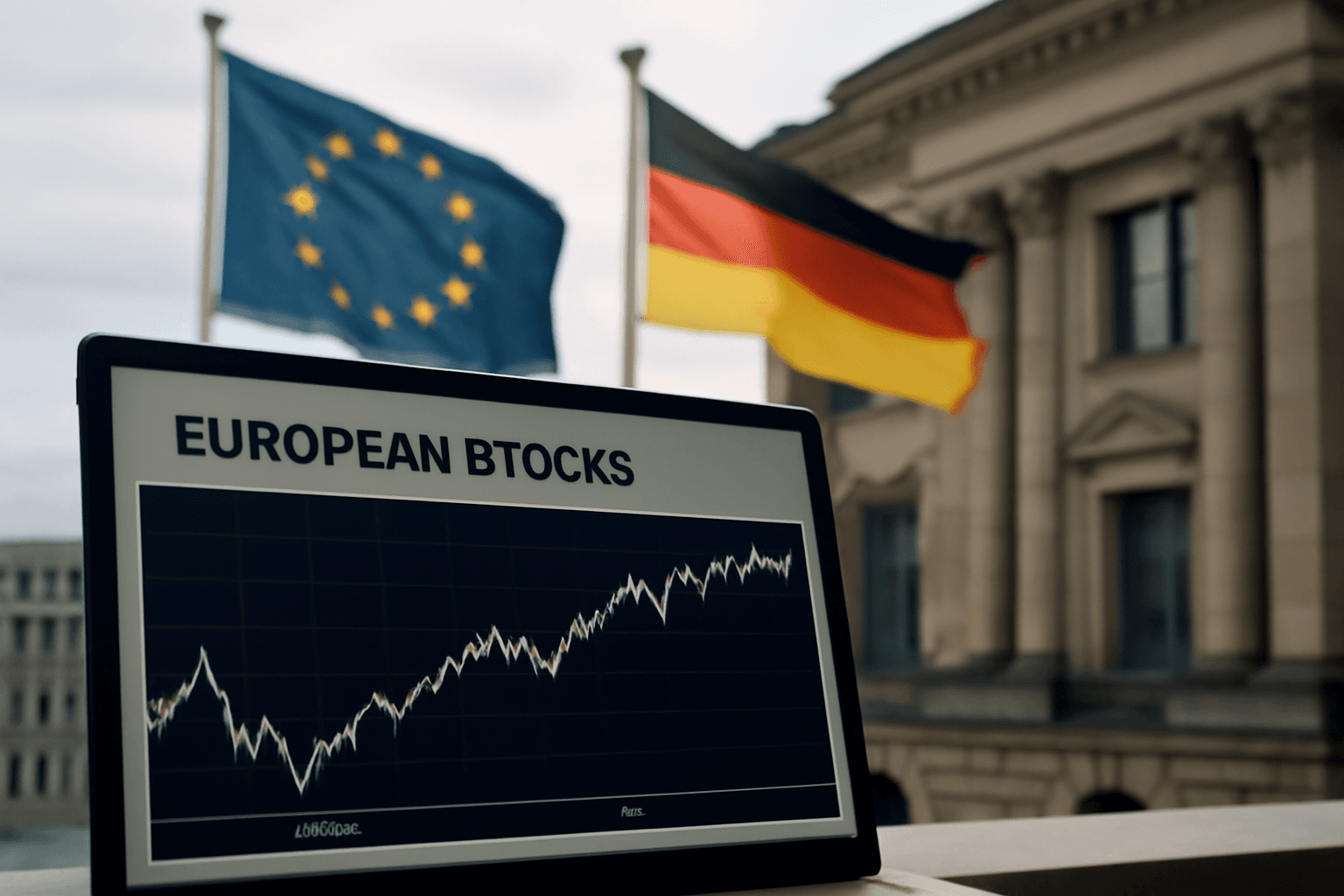European Markets Start Thursday on a Cautious Note Amid Key Economic Data Releases
Good morning from London as investors across Europe brace for pivotal economic indicators that could steer market sentiment in the days to come. While futures point to a mildly positive open—London’s FTSE 100 expected to rise 0.15%—indexes in France and Germany may hover around the flatline, with Italy’s market showing slight gains.
Mixed Sentiment Reflects Anticipation Ahead of GDP Reports
After a robust close on Wednesday, when the pan-European Stoxx 600 climbed 0.55% and both the S&P 500 and Dow hit fresh highs, the mood in Europe has tempered somewhat. Traders are now looking toward today’s releases of Gross Domestic Product (GDP) data from the U.K. and European Union, essential economic health barometers that will influence central bank decisions across the Atlantic and within the continent.
Higher inflation and slowing growth remain at the forefront of investor concerns. The U.S. Producer Price Index (PPI), set for release later today, adds an extra layer of complexity as it will be closely scrutinized by the Federal Reserve for signs on future rate hikes.
What Investors Should Watch Today
- UK Q2 GDP (7 a.m. BST): Preliminary figures for the second quarter will shed light on Britain’s economic resilience amid ongoing global challenges, including post-Brexit trade adjustments and inflationary pressures.
- French Inflation Data: Following the UK GDP announcement, inflation statistics from France will provide insight into consumer price dynamics in Europe’s second-largest economy.
- EU GDP and Employment Reports (10 a.m. BST): These numbers will offer a broader perspective on the economic vitality and labor market health across EU member states.
- Corporate Earnings: A slate of earnings from key European companies—spanning sectors like finance, technology, and consumer goods—could influence individual market trajectories and sector performance.
Expert Insights: Navigating Uncertainty in Europe's Economic Outlook
Europe’s economic landscape remains complex, with structural challenges compounded by geopolitical tensions and energy concerns. As Holly Ellyatt, CNBC’s European markets reporter, notes, investors are keenly attuned to inflation trends and growth metrics that will shape monetary policy decisions.
From a policy perspective, the upcoming data could either solidify the European Central Bank’s cautious approach or prompt recalibrations, especially if inflation persists above targets while growth stalls. For U.S. investors, the PPI and its implications for Fed policy remain a central watchpoint, potentially affecting transatlantic capital flows.
Regional Significance and Broader Implications
For the UK, navigating a post-pandemic recovery while dealing with trade complexities post-Brexit demands clear economic signals. For the EU, harmonized policies aimed at stabilizing employment and encouraging growth could be critical in restoring confidence.
The interplay between these economic indicators and market reactions also serves as a barometer for global investors gauging risk amid tightening monetary policies worldwide.
Editor’s Note
As markets churn with cautious optimism, the day’s GDP and inflation data will either calm nerves or ignite fresh volatility. The subtle shifts in these numbers may not only influence short-term market performance but also set longer-term expectations for interest rates and economic recovery. Investors and policymakers alike must look beyond headline figures to underlying trends, such as labor market resilience and sectoral performance, to understand Europe’s economic trajectory fully.
Key questions to consider: Will European economies show enough momentum to justify a pause in tightening policies? How will U.S. inflation data reshape Fed outlooks, and what ripple effects will this have on European markets? Today's data releases may begin to answer these critical questions that influence portfolios and policy for months ahead.



















